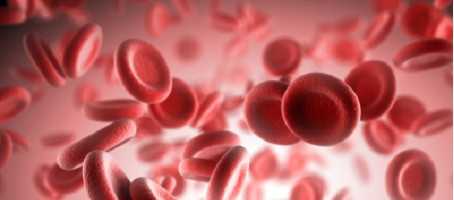Easing the pain of severe chronic pancreatitis and preventing diabetes could be performed by transplanting a patient’s own insulin-producing cells (islet cells) after pancreatic surgery.
What is chronic pancreatitis?
Chronic pancreatitis (CP) is the result of inflammation that can lead to irreversible damage and the loss of function of the pancreas.
To help patients with what can be severe abdominal pain, invasive procedures may be performed such as total removal of the pancreas or removing part of it.
Removing the whole of the pancreas results in diabetes due to the removal of insulin-secreting cells, but autologous islet transplantation (AIT) is a way of potentially maintaining normal glucose levels following this surgery.
Autologous islet transplantation
Scientists at the University of California, Los Angeles, examined nine patients (five were male) after undergoing AIT between March 2007 and December 2013.
Eight of the nine patients were found to have undergone the procedure successfully to isolate islet cells after total or partial pancreas removal.
Two patients did not require insulin, and one required a low dose, but all nine patients experienced either less or no pain two months after the surgery.
“Pancreatic resection with AIT for severe CP is a safe and effective final alternative to ameliorate debilitating pain and to help prevent the development of surgical diabetes. Many more patients with CP may have access to and may greatly benefit from this procedure,” the authors concluded.
What's new on the forum? ⭐️
Get our free newsletters
Stay up to date with the latest news, research and breakthroughs.






